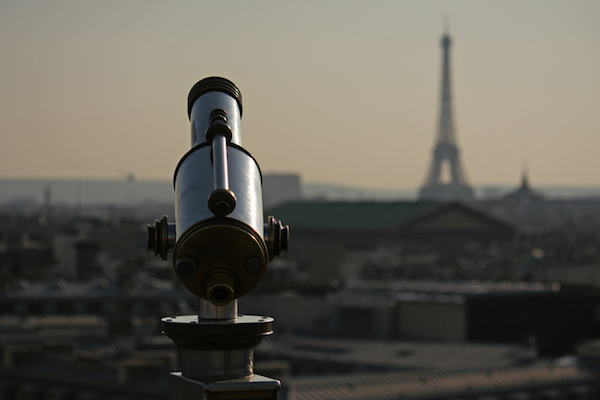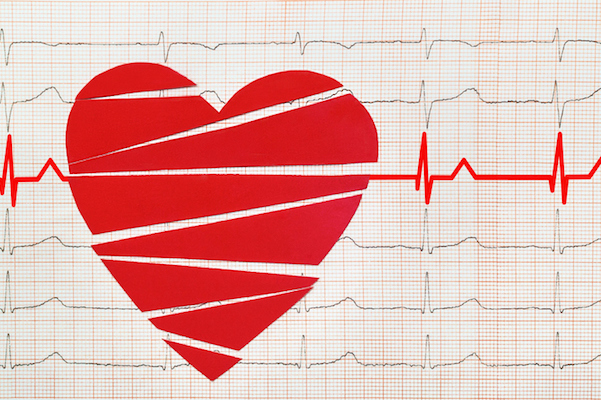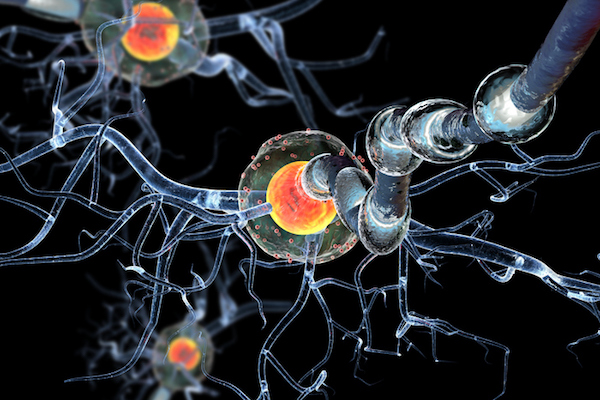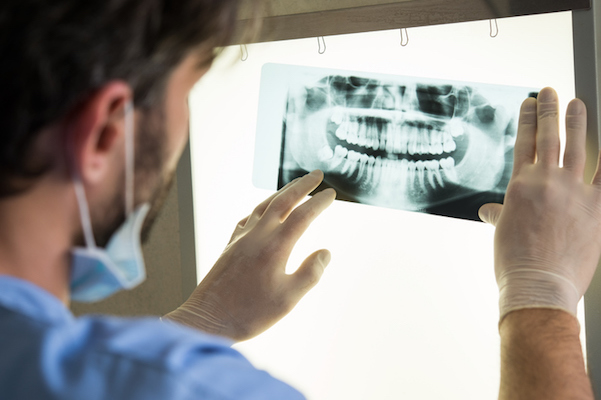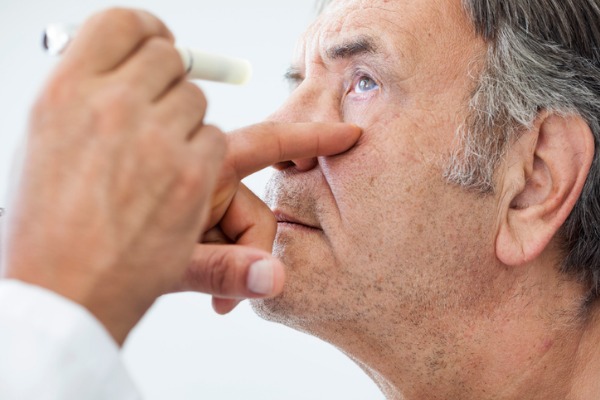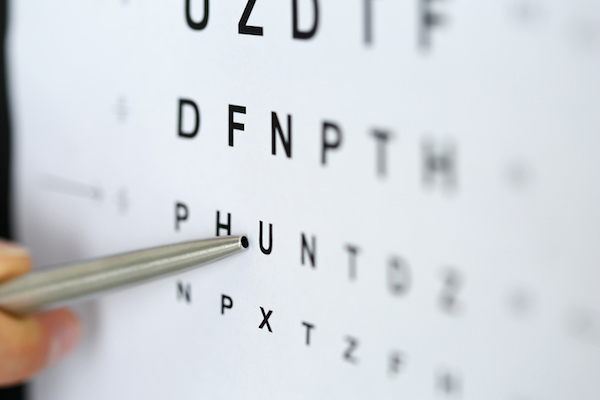
Monitoring Eye Pressure from Home
One key to the successful management of glaucoma is to keep eye pressure at a set target and monitor it regularly.
In the world of health and eye care, glaucoma is considered a silent disease. Most patients just don’t see it coming when they get diagnosed. In a way, glaucoma can be similar to hypertension (or high blood pressure). It can lead to blindness (if untreated) the same way untreated hypertension can lead to a heart attack or stroke.
That being said, glaucoma can certainly catch a patient off guard. But frustration exists on both sides of the ball (doctor and patient). Since there aren’t many noticeable symptoms in the early stages of glaucoma, it can be easy for patients to lose focus (forget to take their eye drops, skip regular checkups, etc). It can also be quite trying for an eye doctor to witness the condition as it gradually gets worse (in patients).
One key to the successful management of glaucoma is to keep eye pressure at a set target and monitor it regularly. This could help to prevent any permanent vision loss the disease may cause. Since glaucoma tends to eat away at peripheral vision, it’s extremely important to consult with your eye doctor if you’re experiencing abnormalities.
Symptoms, Treatment, & Prevention
I covered this topic in a previous post, but to rehash, signs and symptoms of glaucoma include:
- Blurred vision
- Blind spots in peripheral vision
- Increased eye pressure
- Seeing “halo’s” or “rainbow circles” around lights
- Severe eye or head pain
- Nausea and/or vomiting
- Increased optic nerve size in either eye
- Thinner than average corneal thickness
Some effective treatment options are as follows:
- Medicated eye drops
- Rarely oral medications
- Surgical procedures
Preventative measures include:
- Timely diagnosis & regular checkups (from you eye doctor)
- Blood pressure control
- Focus on proper diet & nutrition
- Exercise
- Smoking cessation
Monitoring Eye Pressure:
In switching gears, monitoring eye pressure has never been easier. In fact, home monitoring devices (such as the ICare Tonometer) are now available to accurately check for increased eye pressure. To me, this is excellent news because when similar devices became available to monitor blood pressure, control of hypertension was improved.
As far as glaucoma treatment is concerned, patient and doctor can now work better as a team. Normally, I check the eye pressure of glaucoma patients anywhere between one and six times per year, but sometimes this isn’t enough (for more severe cases). Now, patients can monitor their own eye pressure from the comfort of their homes and keep a log to review at the doctors office during regular checkups.
In my opinion, technological advancements like the ICare Tonometer are “game-changers”. If every glaucoma patient can routinely checking their own eye pressure, we’ll have much more (and better) data to review. This will also allow patients to come in sooner if they notice the eye pressure is changing.
Live in Your OcularPrime:
Personally, I have my own ICare device and I’ve found it quite useful. It’s also relatively accurate and most patients find the procedure more than tolerable. On a positive note, it doesn’t require the use of eye drops, which is great if allergies are an issue.
At this point, I believe it’s safe to say that the best patient outcomes for glaucoma are right in front of us. The implementation of tools such as these are definitely a step in the right direction.
In the world of health and eye care, positive change is always a good thing and eye care providers should always keep an open mind when implementing new technology because one can never tell what may or may not have an impact.



